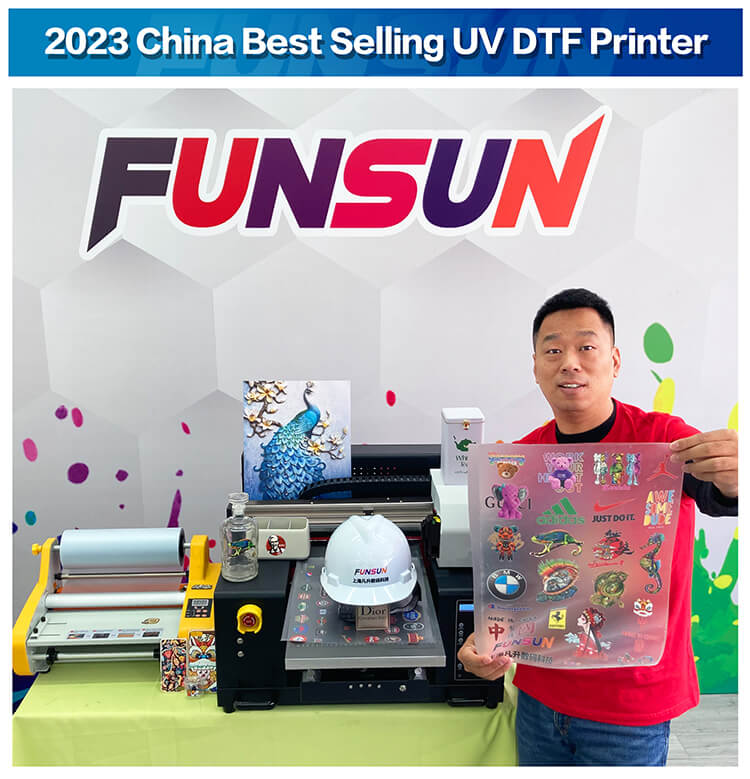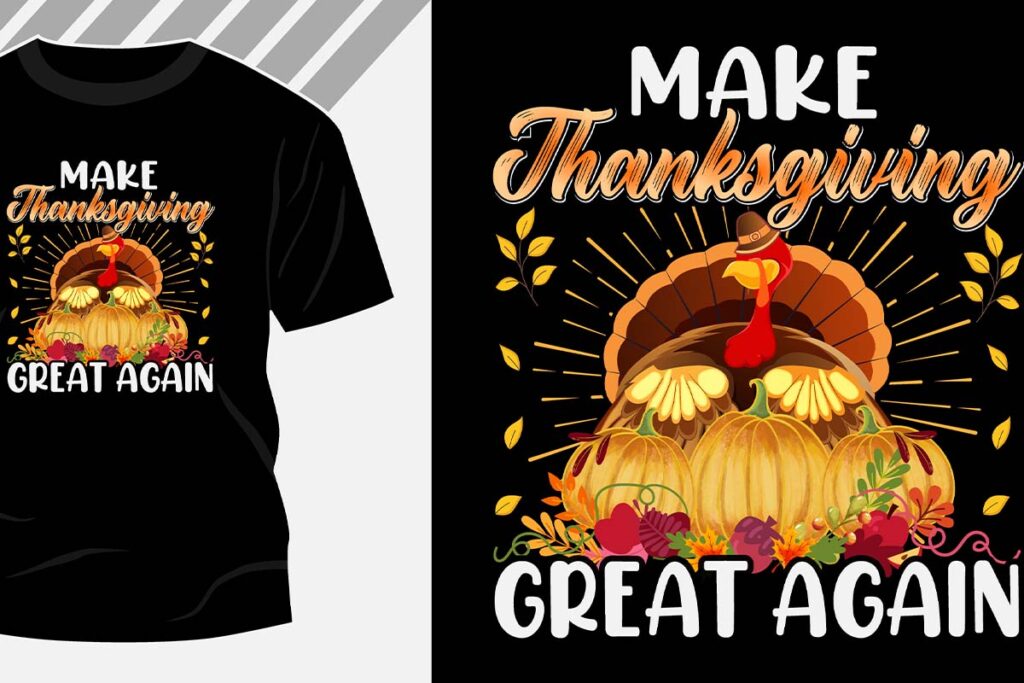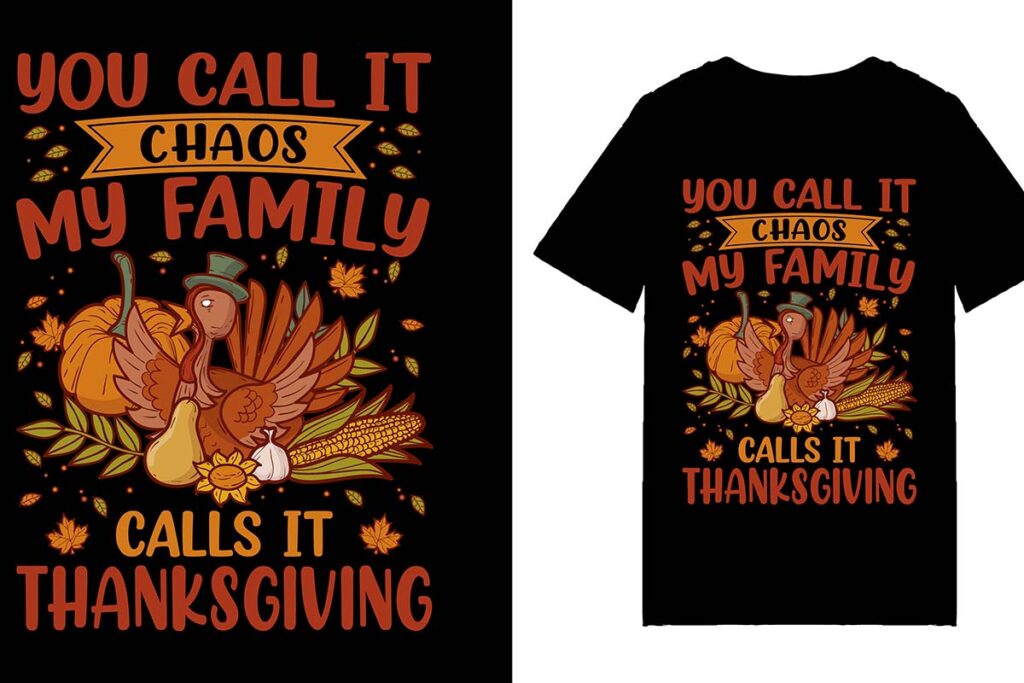In the realm of modern printing, **UV DTF printing** is rapidly gaining recognition for its exceptional capabilities and advantages over traditional printing methods. Utilizing cutting-edge UV DTF technology, this method achieves high-quality prints that stand out in terms of vibrancy and durability. With a unique curing process that harnesses ultraviolet light, **UV DTF printing** allows for immediate use of printed items, eliminating the lengthy drying times associated with conventional techniques. When performing a print quality comparison, one will find that UV DTF prints not only exhibit superior detail but also greater resilience against fading and wear. Additionally, understanding the cost of UV DTF printing reveals that, despite initial investment costs, the long-term savings through reduced material waste and faster production times can make it a wise choice for businesses seeking efficiency and quality.
Exploring alternative terms for **UV DTF printing**, we can refer to it as UV Direct to Film printing, a technique that blends innovation with efficiency to meet the diverse demands of the printing industry. This approach pushes the boundaries of what’s possible in printing, allowing for applications that were previously constrained by the limitations of traditional methods. As we delve deeper into the arena of contemporary printing options, it is essential to highlight how this technology excels in delivering not just impressive visual results, but also a significant improvement in durability in printing outcomes. Those involved in print projects should consider the transformative advantages offered by UV DTF, which not only simplifies the printing process but also enhances the overall effectiveness of their production endeavors.
Comparing UV DTF Printing and Traditional Methods
When it comes to choosing a printing method, understanding the core differences between UV DTF printing and traditional methods like screen printing or offset printing is crucial. Traditional printing techniques have been the standard for decades, often utilizing inks that require extensive drying times and numerous setups based on the materials involved. In contrast, UV DTF technology guarantees immediate usability of printed items because the inks are cured using UV light, eliminating the waiting period associated with drying.
This leap in technology not only reduces the production timeline but also broadens the scope of materials that can be printed on effectively. Where traditional methods might struggle with non-porous surfaces, UV DTF printing shines, offering flexibility and precision across a wide range of applications, from textiles to hard surfaces like metal and wood.
Print Quality in UV DTF vs Traditional Printing
Print quality is a critical factor when selecting a printing method for any project. UV DTF printing stands out with its ability to produce vibrant colors and sharp details that remain true to the original design even after extensive use. The UV-cured inks provide a robust finish, enhancing the visual appeal and ensuring that prints resist fading, scratching, and other forms of damage.
On the other hand, traditional printing methods, while they have established a reputation for their reliability, often struggle to match the intensity and durability of UV DTF prints. For example, screen printing can achieve good results on textiles but may fall short in vibrant color output compared to UV DTF, especially when printed on synthetic materials. This difference in print quality can be significant for marketing materials or promotional items where visual impact is paramount.
Durability: A Key Advantage of UV DTF Printing
One of the standout features of UV DTF printing is its remarkable durability. Items printed using this technology can withstand outdoor elements for years without significant degradation. The UV-cured inks create a solid, resilient surface that resists fading and peeling, making them ideal for signage, promotional products, and any applications that face harsh conditions.
In contrast, traditional printing methods often lack this level of resilience. For instance, prints produced by offset printing can start to fade after prolonged exposure to sunlight, ultimately requiring more frequent replacements. Therefore, for projects intended for outdoor display or that will likely encounter physical wear, UV DTF printing proves to be a more dependable and long-lasting option.
The Efficiency of UV DTF Printing Technology
UV DTF printing is renowned for its efficiency in the production process. Unlike traditional printing methods that may require several stages—such as drying time, heat pressing, and application of additional coatings—UV DTF eliminates these bottlenecks. This streamlined process allows businesses to complete print runs quickly, making it an excellent choice for those with tight deadlines or a high volume of work.
The increased speed not only impacts turnaround times but also enhances overall productivity. Businesses that depend on quick service, such as promotional product providers, benefit greatly from the efficiencies gained through UV DTF technology, allowing them to meet customer demands without sacrificing quality.
Cost Considerations for UV DTF vs Traditional Methods
When evaluating printing options, cost is often at the forefront of decision-making. While the initial investment for UV DTF technology can be higher due to the costs associated with advanced printer equipment and inks, the long-term savings may outweigh these initial expenditures. UV DTF printing reduces material waste and utilizes efficient production methods that ultimately lower operational costs.
Compared to traditional printing methods, which may have lower startup costs but incur expenses from consumables and slower processing times, UV DTF can be a more economical choice over the long haul. Businesses must weigh these factors carefully, considering their specific printing needs and projected volumes, to determine which method offers the best value.
The Future of Printing: Embracing UV DTF Technology
As the printing industry continues to evolve, UV DTF technology is set to play a significant role in defining future standards. With advancements in UV printing techniques making it more accessible and cost-effective, businesses are increasingly adopting this innovative method to stay competitive. The ability to produce high-quality prints swiftly and on a variety of materials positions UV DTF firmly as a frontrunner in modern printing technologies.
Traditional printing methods will always have their place, particularly in niche applications where their specific advantages come into play. However, as the shift towards faster, more versatile, and durable printing solutions strengthens, UV DTF printing is poised to become essential for creators and businesses looking to meet the ever-changing demands of the market.
Frequently Asked Questions
What are the main advantages of UV DTF printing compared to traditional printing methods?
UV DTF printing offers several advantages over traditional printing methods, including the ability to print on various surfaces, immediate curing with no drying time, and higher print quality with vibrant colors and durability. Unlike traditional techniques that may require additional handling, UV DTF is more efficient and provides a faster turnaround for projects.
How does the print quality of UV DTF printing compare to traditional printing methods?
When comparing print quality, UV DTF printing excels with sharper details and vibrant colors that resist fading and scratching. This contrasts with traditional printing methods, which can struggle to maintain the same level of durability and vibrancy, particularly over time and under outdoor exposure.
What is the durability of UV DTF prints compared to traditional printing?
UV DTF prints are known for their impressive durability, capable of withstanding outdoor conditions for up to two years without degrading. In comparison, traditional printing may fade or deteriorate faster when exposed to sunlight and harsh conditions, making UV DTF a superior choice for long-lasting applications.
Is UV DTF printing more cost-effective than traditional printing in the long run?
While the initial investment in UV DTF technology may be higher, it can prove more cost-effective in the long run due to reduced material waste and faster production speeds. In contrast, traditional printing may have lower upfront costs but can accumulate higher operational expenses over time.
What types of materials can be printed using UV DTF technology versus traditional printing?
UV DTF printing is versatile, capable of printing on both porous and non-porous surfaces, including glass, wood, and textiles. Traditional printing methods, while effective, often have limitations and primarily excel when printing on paper and textiles, which restricts their application versatility.
How does UV DTF printing impact production speed compared to traditional methods?
UV DTF printing significantly enhances production speed as it eliminates the need for drying ovens and additional handling steps required in traditional printing methods. This efficiency is particularly beneficial for businesses handling quick turnaround projects or smaller runs that traditional methods may struggle to accommodate.
| Feature | UV DTF Printing | Traditional Printing |
|---|---|---|
| Technology and Process | Utilizes UV light for quick curing on various surfaces, allowing immediate use without waiting for drying. | Involves methods like screen printing or offset, usually requiring extended drying times and additional handling. |
| Quality of Print | Delivers vibrant colors with sharp details that resist fading and scratching, resulting in superior visuals. | Reliable but can struggle with durability and impact compared to UV DTF, especially outdoors. |
| Durability | UV DTF prints withstand outdoor conditions for up to two years; tough, resilient surface. | Susceptible to fading and degradation when exposed to sunlight over time. |
| Efficiency and Speed | Production is fast without the need for drying ovens or powder applications; ideal for quick turnarounds. | Longer processing times due to drying and additional steps hinder fast turnaround. |
| Cost Considerations | Higher initial investments but lower operational costs over time due to reduced waste and faster production. | Lower upfront costs but potentially higher cumulative expenses from consumables and labor. |
Summary
UV DTF printing is revolutionizing the industry with its advanced technology and impressive performance characteristics. This printing method not only provides quicker turnaround times but also excels in producing high-quality, durable prints that outlast traditional options. As businesses seek innovative solutions that deliver both speed and quality, UV DTF printing emerges as a compelling choice for various applications, from promotional materials to intricate designs on diverse surfaces. By considering its advantages alongside project requirements, stakeholders can ensure their printing projects meet modern standards and expectations.



